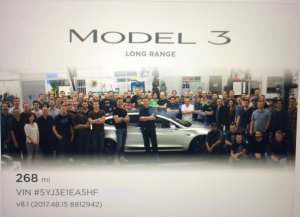How Much Does a Tesla Cost? The Price and Advantages of Each Model
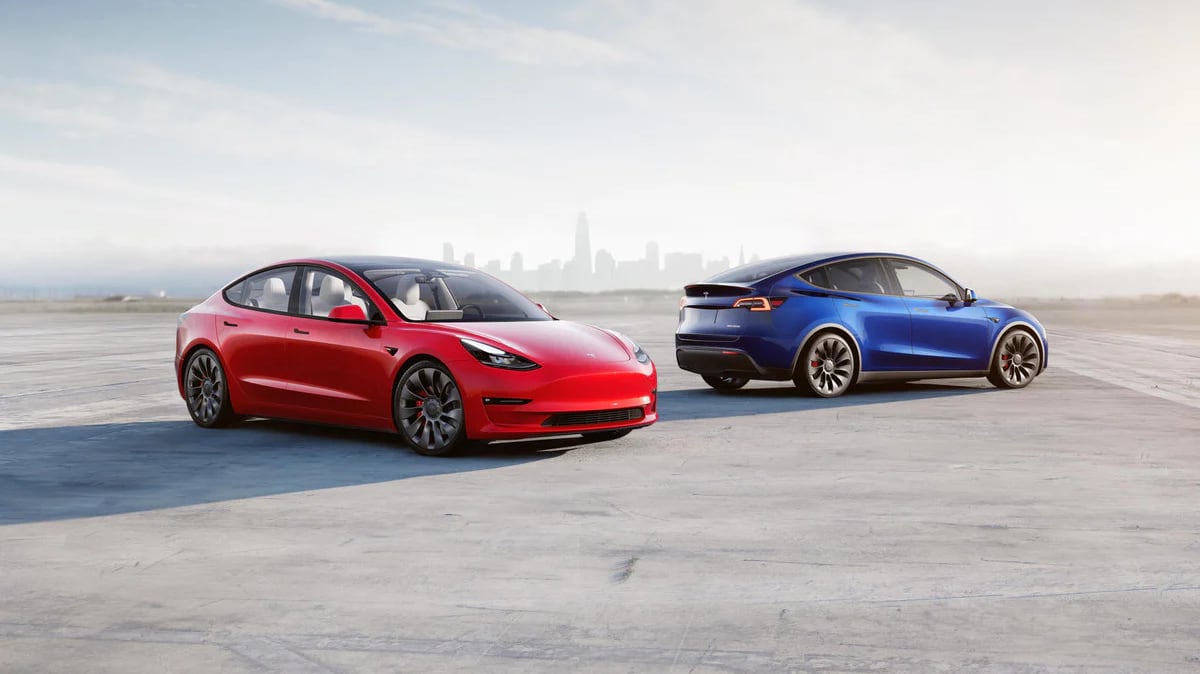
With gas prices soaring and EVs becoming more affordable than ever, it could not be a better time to purchase an electric vehicle. Tesla is leading that charge in terms of performance, technology and affordability.
The Austin, Texas-based automotive company has built a strong product that sells itself and recently became the most popular car worldwide. Tesla currently produces five different models, including the Model S, Model 3, Model X, the Model Y, and the Tesla Semi. The Tesla Cybertruck will join the mix later this year, and the new Roadster is expected to begin production next year.
The cost of a Tesla will range from $40,000 to almost $140,000, depending on the model and options. But before we get into the actual upfront and ownership costs, it’s helpful to understand Tesla’s mission: Accelerate the world’s transition to sustainable energy.
Tesla’s Mission and Master Plan
On August 2nd, 2006, co-founder and CEO Elon Musk published a blog post outlining Tesla’s master plan. It was simple:
- Build a sports car (Tesla’s first-gen Roadster)
- Use that money to build an affordable car (Model S, and later Model X)
- Use that money to build an even more affordable car (Model 3 and Model Y)
- While doing the above, also provide zero emission electric power generation options (Solar Roof, Solar Panels, Supercharging, Powerwall, Megapacks)
Tesla is now working toward their Master Plan Part 3.
What is The Cheapest Tesla Model?
The price for a Tesla ranges greatly depending on the model and upgrades you add. At the time of this article’s publishing, the Model 3, which comes in at $40,240 (before taxes and incentives) is the most affordable.
In June 2023, Tesla announced that all Model 3 variants in the United States are eligible for the $7,500 tax credit. This was due to the passage of the Inflation Reduction Act of 2022, which expanded certain EVs to receive a federal tax credit of up to $7,500.
In addition to Federal tax incentives, many states offer additional incentives to EV owners.
Model 3
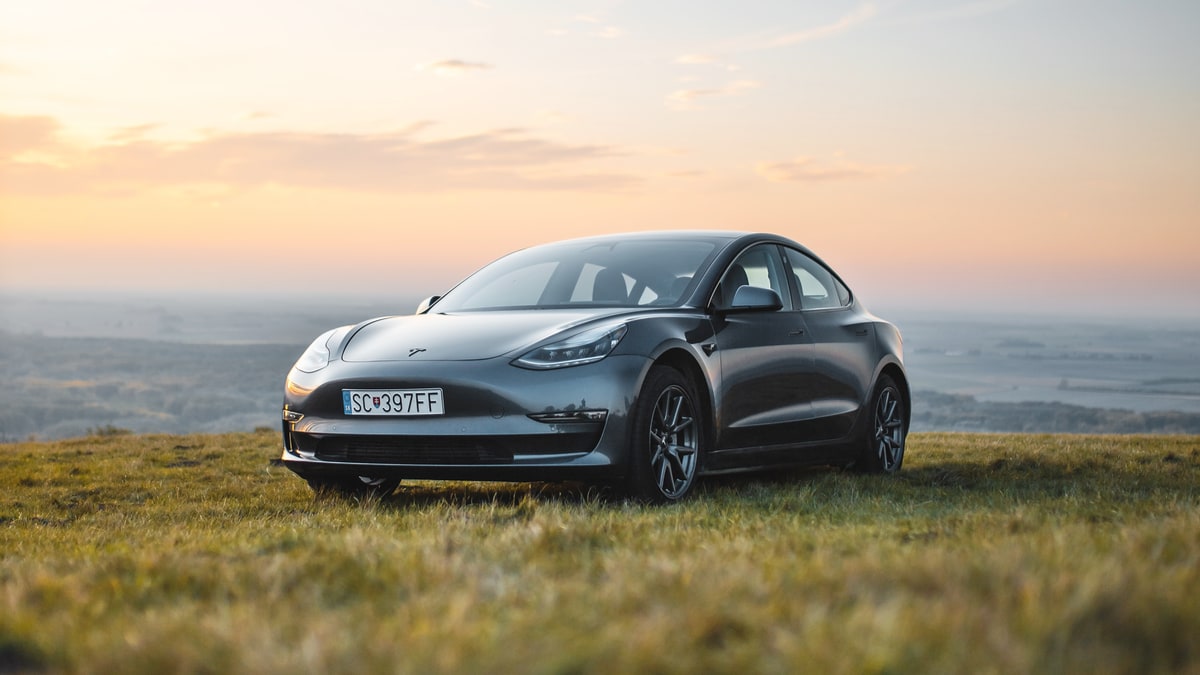
The Tesla Model 3, introduced in 2017, revolutionized the electric vehicle market by making cutting-edge technology and sustainable transportation more accessible to the masses. As Tesla's entry-level sedan, the Model 3 combines sleek design with impressive performance and an exceptional range of up to 333 miles, making it a compelling choice for those who prefer a smaller, nimble vehicle.
With seating for five passengers and a spacious interior, the Model 3 provides comfort without compromising on style. Its minimalist yet futuristic interior features Tesla's signature touchscreen infotainment system and a host of advanced driver-assistance features, including Autopilot. The Model 3's affordability, eco-friendly credentials, and thrilling driving experience propelled it to become one of the best-selling electric cars worldwide, showcasing Tesla's commitment to accelerating the global shift towards sustainable and emission-free transportation.
Model 3 Standard Range
- Price: $40,240
- Range: 272 miles
- Weight: 3,862 lbs
- Drivetrain: Rear-Wheel Drive
- 0-60mph Speed: 5.8 sec
- Top Speed: 140 mph
Model 3 AWD (All-Wheel Drive)
- Price: $47,240
- Range: 315 - 333 miles
- Weight: 4,034 lbs
- Drivetrain: Dual Motor All-Wheel Drive
- 0-60mph Speed: 4.2 sec
- Top Speed: 145 mph
Model 3 Performance
- Price: $51,640
- Range: 315 miles
- Weight: 4,048 lbs
- Drivetrain: Dual Motor All-Wheel Drive
- 0-60mph Speed: 3.1 sec
- Top Speed: 162 mph
The Model 3 Performance also comes with the Performance Upgrade package:
- Increased top speed from 135mph to 155mph
- 21’’ Überturbine Wheels
- Performance Brakes
- Lowered suspension
- Aluminum alloy pedals
- Carbon fiber spoiler
Model Y
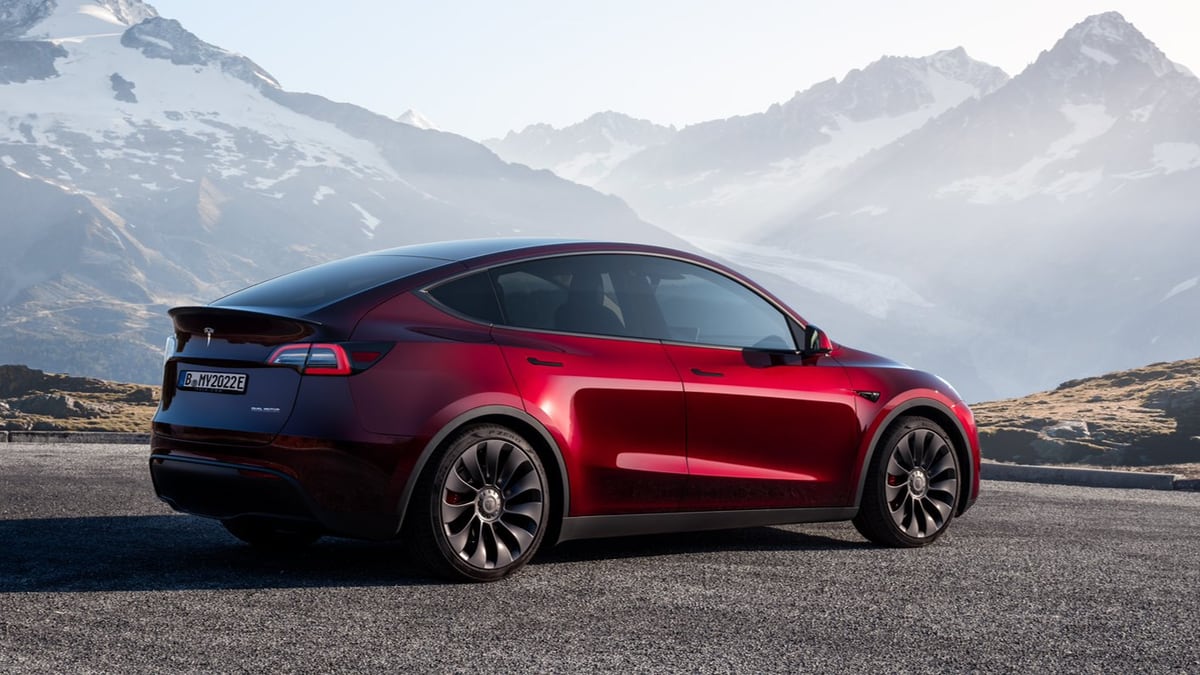
The Tesla Model Y, introduced in 2020, represents a compelling addition to Tesla's lineup of electric vehicles. As a compact all-electric SUV, the Model Y combines the best of the Model 3 sedan's platform with the versatility and practicality of their higher-end Model X. Offering seating for up to seven passengers and a spacious cargo area, the Model Y is designed to accommodate families and adventure-seekers alike.
With its sleek and modern design, the Model Y exudes an air of sophistication while boasting impressive performance capabilities, including rapid acceleration and an impressive electric driving range of up to 330 miles on a single charge. Tesla's commitment to cutting-edge technology is evident in the Model Y, with features such as the expansive touchscreen infotainment system and advanced driver-assistance features like Autopilot. As an integral part of Tesla's mission to accelerate the world's transition to sustainable energy, the Model Y represents a compelling choice for those seeking a versatile, affordable, and high-performance electric SUV.
Model Y Standard Range
- Price: $47,740
- Range: 279 miles
- Drivetrain: Dual Motor All-Wheel Drive
- 0-60mph Speed: 5 sec
- Top Speed: 135 mph
Model Y Long Range
- Price: $50,490
- Range: 330 miles
- Weight: 4,386 lbs
- Drivetrain: Dual Motor All-Wheel Drive
- 0-60mph Speed: 4.8 sec
- Top Speed: 135 mph
Model Y Performance
- Price: $54,490
- Range: 303 miles
- Weight: 4,439 lbs
- Drivetrain: Dual Motor All-Wheel Drive
- 0-60mph Speed: 3.5 sec
- Top Speed: 155 mph
Who is Model Y For?
Tesla's Model Y is designed for families, practicality seekers, urban dwellers, commuters, crossover enthusiasts, tech enthusiasts, environmentally conscious consumers, and those seeking a blend of luxury and performance. It offers the practicality of a compact SUV, advanced technology, electric drivetrain benefits, and a versatile driving experience to meet the diverse needs and preferences of a wide range of consumers.
Model Y is one of the best-selling vehicles in the world. The price comes in a couple thousand more than Model 3. Model Y comes with more front and rear headroom, legroom, an optional third row, and 34.3-cubic-foot in cargo space.
What is The Most Expensive Tesla Model?
The most expensive vehicle Tesla makes is its 2.7-ton SUV, the Model X. Model X Plaid with Ultra Red paint and 22-inch turbine wheels, among other additions and customizations, drifts in at more than triple the price of the base Model 3 at $133,990. The Model X being one of Tesla’s most luxurious vehicles comes with high-end features, including ventilated seats, more cargo room, a towing package for up to 5,000 pounds, additional seating options, 325+ miles of range, and mind-altering performance with a 0-60 mph speed in 2.5 seconds.
Model X
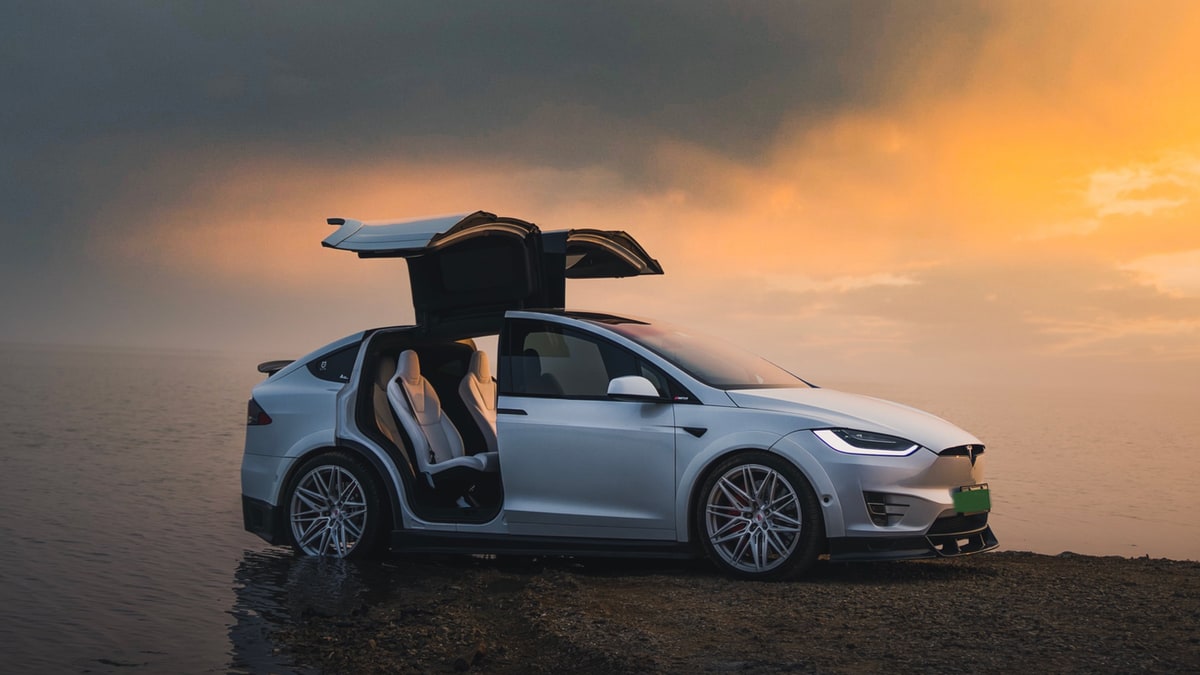
The Tesla Model X, introduced in 2015, represents a groundbreaking milestone in electric vehicles. The Model X boasts a falcon-wing door system, providing easy access to its spacious interior, which can comfortably seat up to seven passengers. Powered by Tesla’s state-of-the-art Autopilot system, panoramic windshield, and industry-leading infotainment system further elevate the driving experience. With a price range typically starting from $98,000 to $134,000, the Tesla Model X caters to discerning consumers seeking both sustainability and luxury on their commutes.
Model X (base)
- Price: $98,490
- Range: 348 miles
- Weight: 5,185 lbs
- Drivetrain: Dual Motor All-Wheel Drive
- 0-60mph Speed: 3.8 sec
- Top Speed: 149 mph
Model X Plaid
- Price: $108,490
- Range: 333 miles
- Weight: 5,390 lbs
- Drivetrain: Tri-Motor All-Wheel Drive
- 0-60mph Speed: 2.5 sec
- Top Speed: 149 mph
Who is Model X For?
Tesla's Model X caters to a diverse range of consumers, including families, adventure enthusiasts, tech enthusiasts, luxury seekers, and environmentally conscious individuals. It addresses their specific needs by providing ample space, impressive performance, advanced technology, luxurious features, and a sustainable driving experience.
The Model X comes with additional luxurious features when compared to Tesla's other models. These include cooled seats, air suspension, falcon-wing doors, auto-opening and closing doors, better noise isolation, a premium noise-canceling sound system, premium materials, an instrument cluster, and a rear screen.
Model S
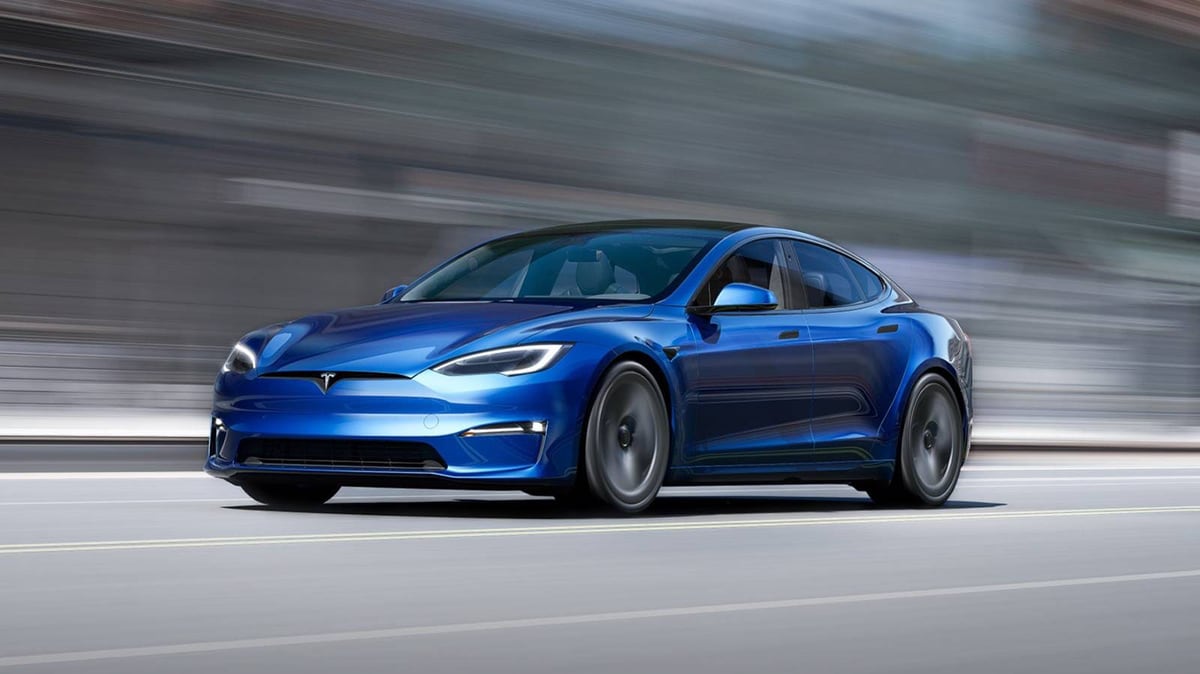
The Tesla Model S, launched in 2012, remains a groundbreaking electric sedan that continues to set the standard for innovation and luxury in the automotive industry. As Tesla's flagship vehicle, the Model S combines elegant design, exceptional performance, and advanced technology.
With its sleek and aerodynamic exterior, the Model S not only stands out on the road but also achieves remarkable electric range, thanks to its cutting-edge battery technology. Inside the cabin, passengers experience a refined and spacious environment, complemented by Tesla's signature 17-inch touchscreen infotainment system and an array of premium features. The Model S accelerates with astonishing speed, demonstrating the capabilities of electric propulsion while maintaining a smooth and silent ride.
Tesla has continuously updated the Model S with over-the-air software updates, improving performance and adding new features, further solidifying its reputation as an industry-leading electric vehicle. As one of the pioneering electric cars, the Model S exemplifies Tesla's dedication to sustainable transportation, leaving an indelible mark on the automotive landscape.
Model S (base)
- Price: $88,490
- Range: 405 miles
- Weight: 4,561 lbs
- Drivetrain: Dual Motor All-Wheel Drive
- 0-60mph Speed: 3.1 sec
- Top Speed: 149 mph
Model S Plaid
- Price: $108,490
- Range: 396 miles
- Weight: 4,766 lbs
- Drivetrain: Tri-Motor All-Wheel Drive
- 0-60mph Speed: 1.99 sec
- Top Speed: 200 mph
Who is Model S For?
Tesla's Model S is designed for electric vehicle enthusiasts, performance seekers, luxury car buyers, technology enthusiasts, eco-conscious consumers, and business executives. It offers a seamless blend of technology, performance, luxury, and sustainability, making it an appealing choice for those who seek an extraordinary electric driving experience.
The Model S also comes with more luxurious features when compared to the Model 3 and Model Y. These include cooled seats, air suspension, auto-appearing door handles, better noise isolation, a noise-canceling premium sound system, premium materials, an instrument cluster, and a rear screen.
It’s worth noting that Tesla changes its pricing frequently. All the above models were priced with the free paint, standard interior and wheels, and basic Autopilot.
Cybertruck
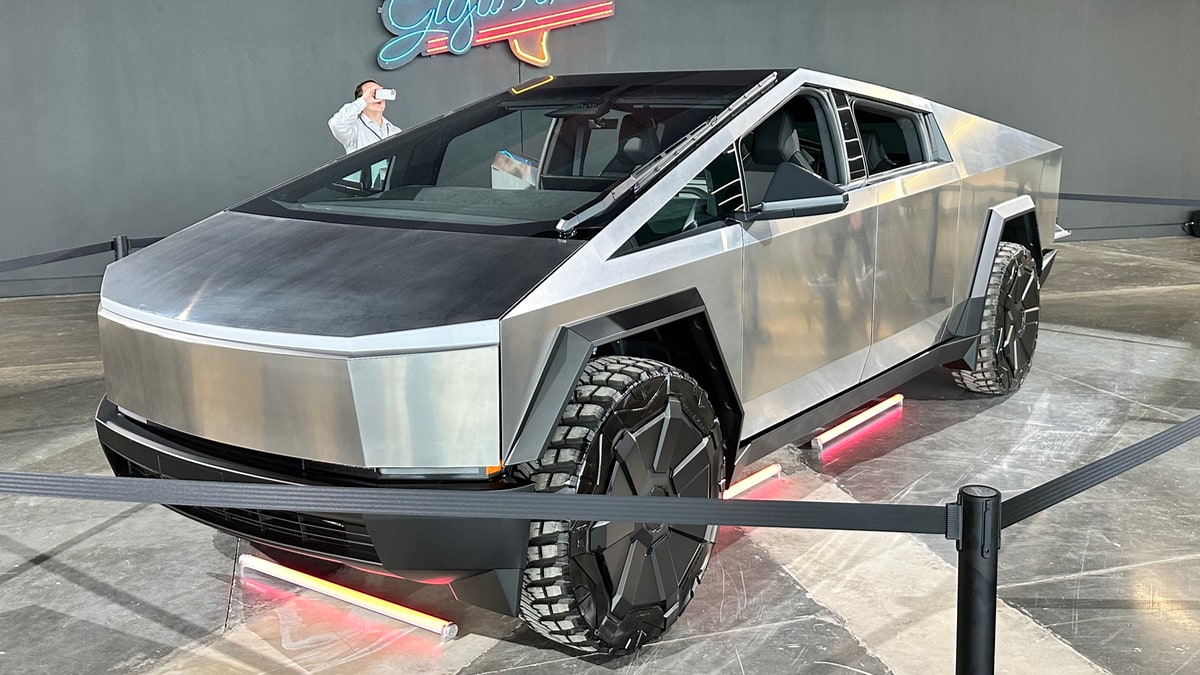
Tesla’s Cybertruck, unveiled in 2019, is a testament to the company’s push toward automotive and electric vehicle innovation. It’s promised to be loaded with newer tech and nearly impenetrable because of its ultra-hard 30x cold-rolled stainless steel exterior. In addition to its advanced technology, Cybertruck will include a large shatterproof windshield and ultra-durable rear bed.
Its expected to be available in three variants, ranging from a single-motor RWD version, all the way up to a tri-motor AWD verison. The estimated EPA range is 250-500 miles with a 0-60 mph time of 2.9 - 6.5 seconds.
Tesla will begin Cybertruck deliveries this year, with volume production being achieved in 2024.
Semi
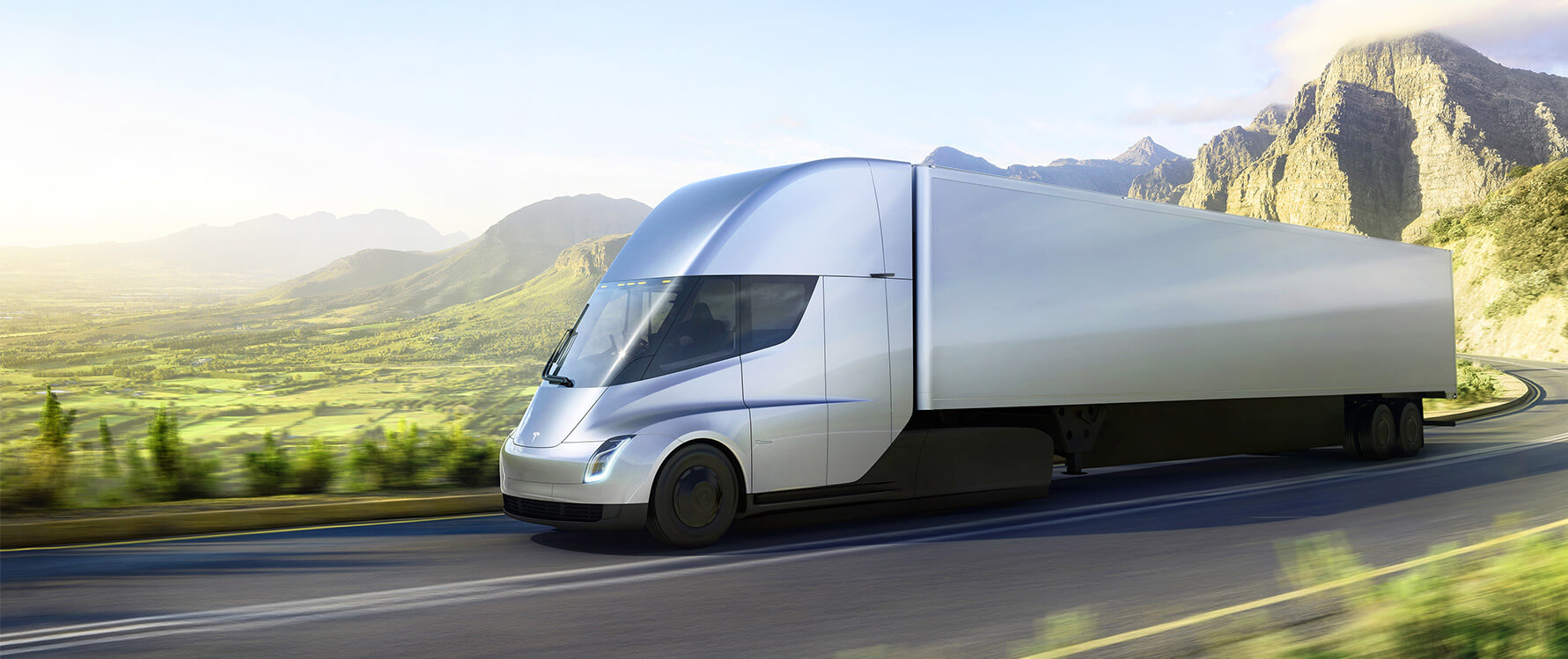
Originally unveiled in November 2017, Tesla Semi is designed to innovate the semi-truck market. Designed to have more than three times the power of a standard diesel truck, a range of up to 500 miles, and a 1,000 horsepower motor the size of a football, Tesla Semi provides true innovation for long-haul transportation.
The first bunch of Semis was delivered to PepsiCo in late 2022 at a delivery event, where its nickname, “The Beats,” was presented.
“[It has] three times the power than any diesel truck on the road right now,” Dan Priestley, Senior Manager of Tesla’s Semi Engineering, said at the time. “So you’ve got all the power you need to get the job done, but the other reason that it’s a beast is because it is efficient. You can go 500 miles on a single charge on one of these things. It’s the mix of those two—this is a game-changer. What’s awesome is both of those are enabled by our 1000-volt powertrain. This is the first vehicle we are with that.”
First-Gen Roadster
Tesla’s original Roadster began production in 2008. It was a big milestone for the company because it was their first production vehicle. Prior to the Roadster, Tesla only produced a prototype of the vehicle to generate interest and secure funding.
The Roadster was based on the Lotus Elise, a lightweight, two-seat sports car. Tesla worked with Lotus to develop the Roadster in order to tap into Lotus’ expertise in vehicle manufacturing. The final product borrowed the Elise’s chassis, but the vehicle's custom drivetrain, battery system, and body were entirely unique.
When it was originally released, it had a base price of $98,950 with later versions of the vehicle reaching a sticker price of $120,000.
Next-Gen Roadster
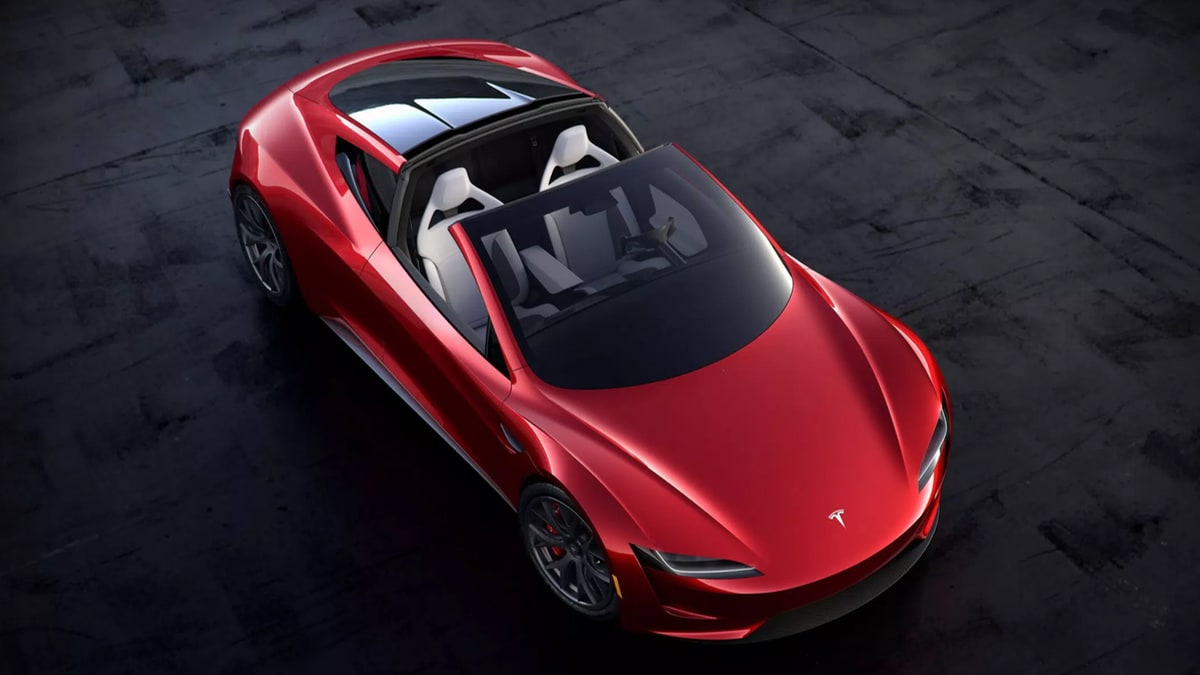
Tesla’s Next-Gen Roadster will be a marvel of automotive engineering, shattering barriers and pushing the laws of physics. Information about the Next-Gen Roadster has been sparse since its unveiling in 2017 alongside Semi, but CEO Elon Musk has stated the production of the Next-Gen Roadster will begin in 2024.
Next-Gen Roadster Specs
According to Tesla’s website, the Roadster will be capable of going 0-60 mph in 1.9 seconds, a 620-mile range, and a top speed of more than 250 mph. Similar to the Cybertruck, it’ll be loaded with Tesla’s state-of-the-art safety features, all-wheel drive, and designed for unrivaled performance and aero efficiency.
Furthermore, in classic Tesla and Elon Musk fashion, the Roadster will have an optional SpaceX Package, which would increase the vehicle’s performance even further. Musk confirmed that with this package, 0-60 mph could be achieved in mere 1.1 seconds.








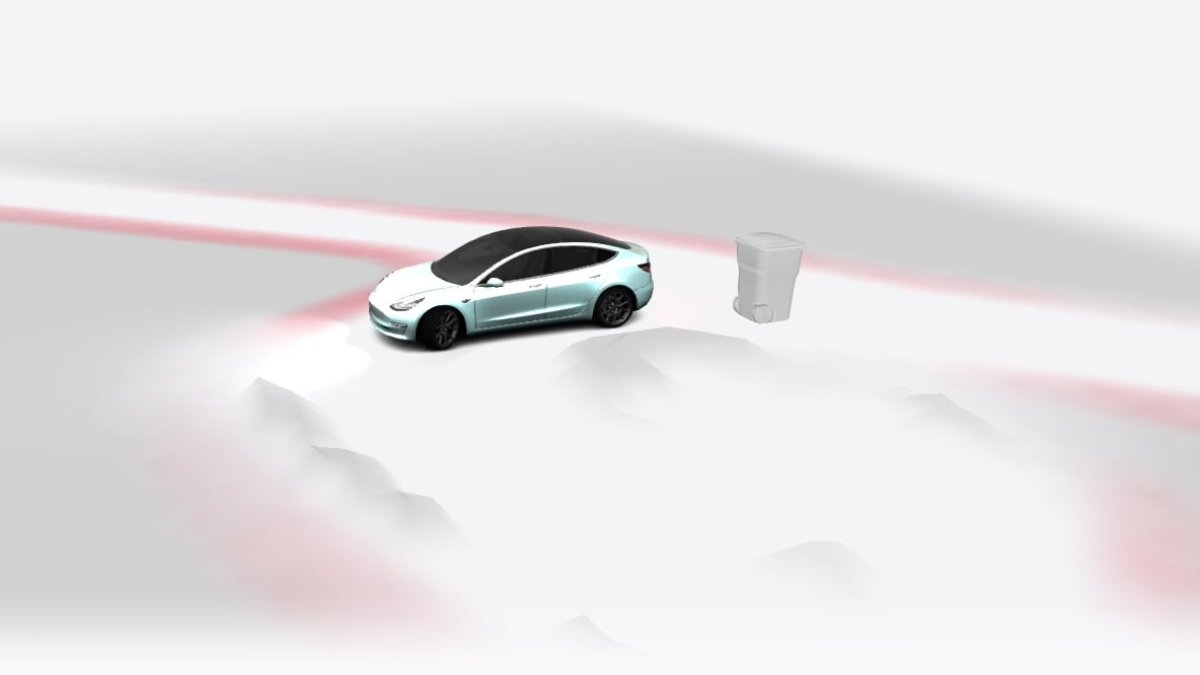
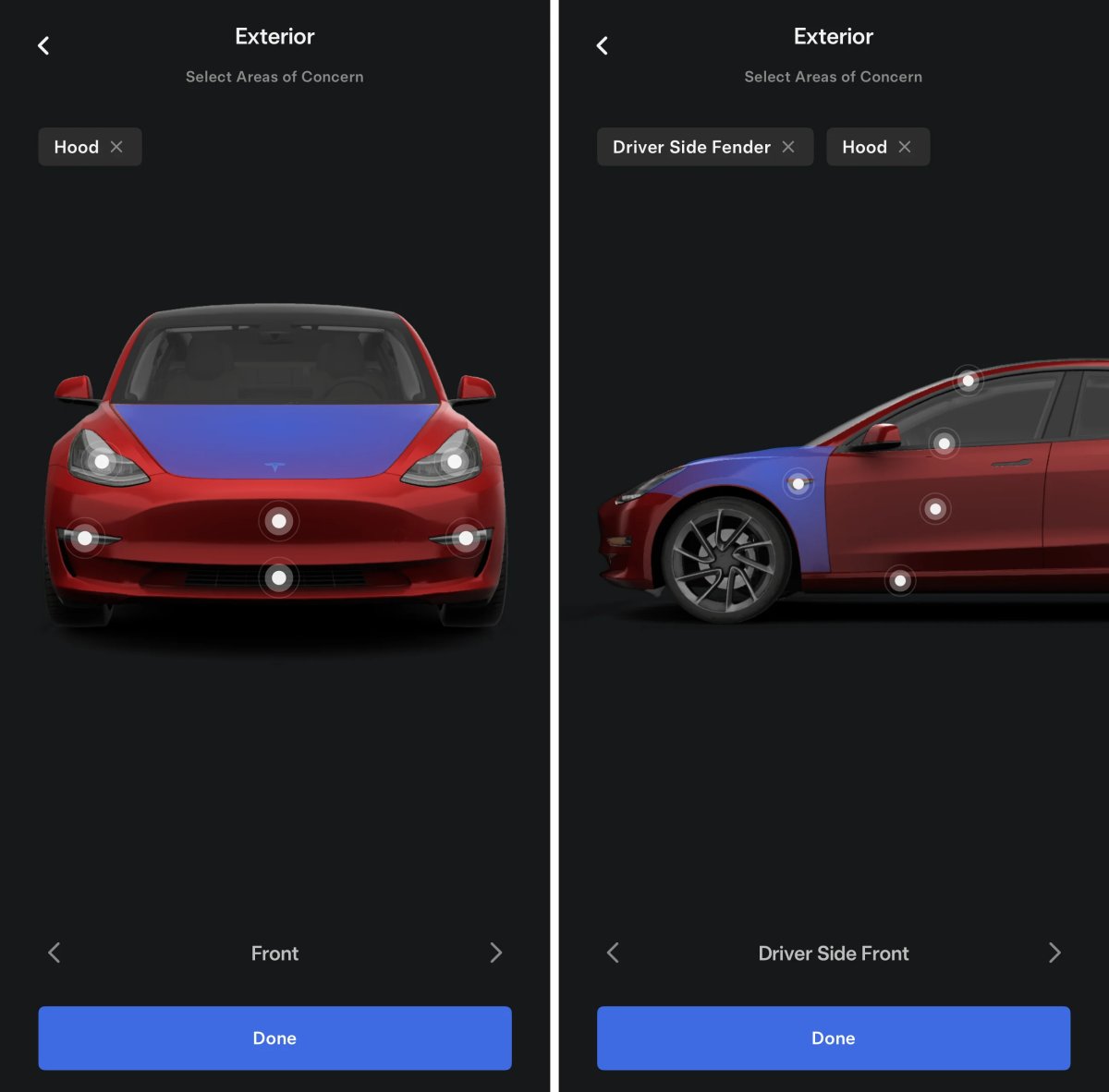
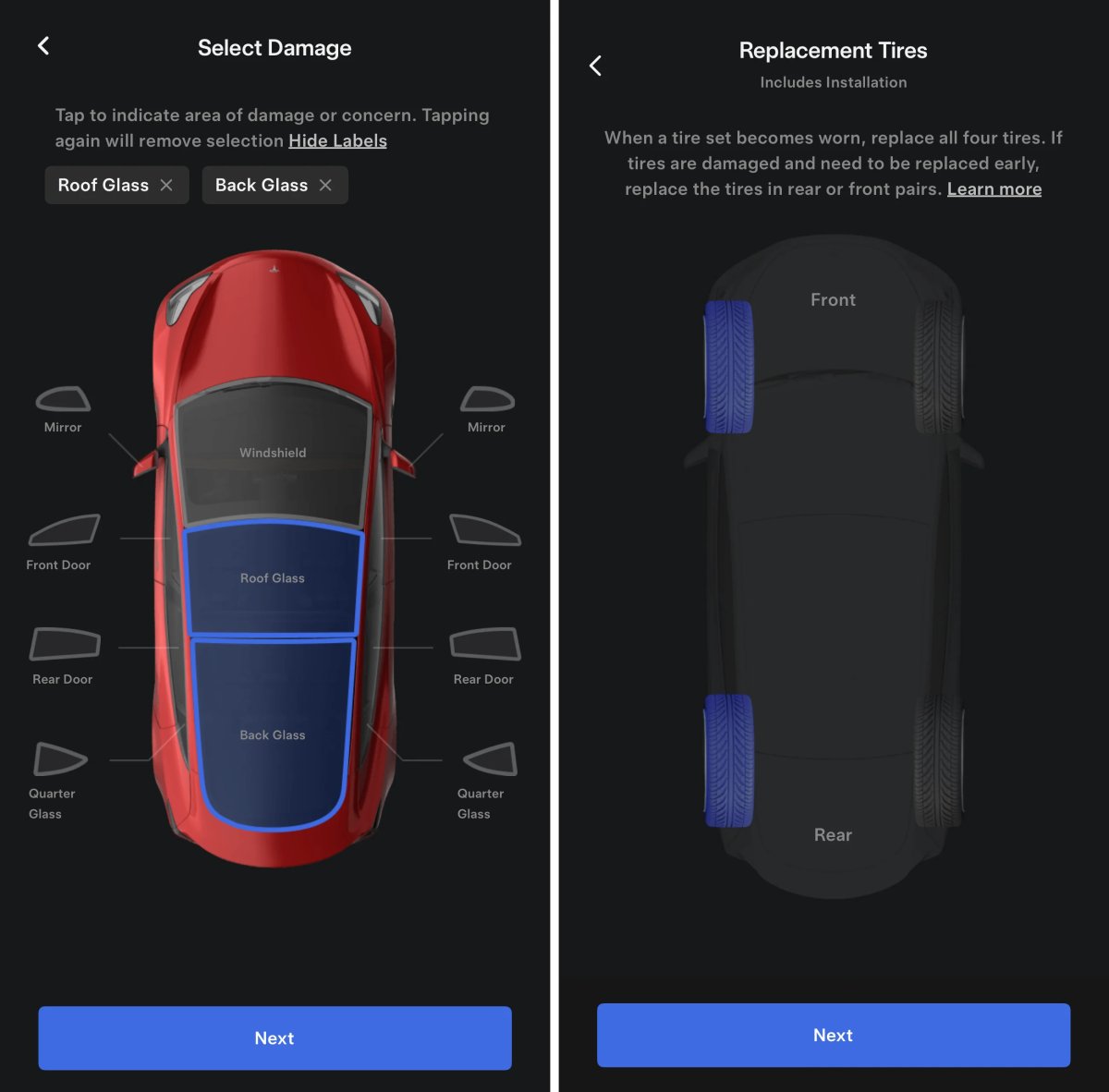



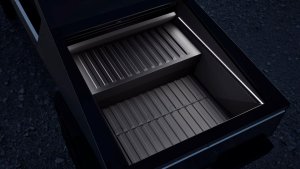

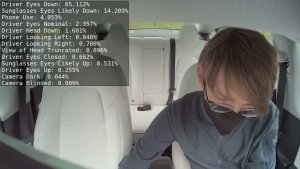
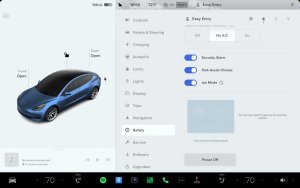
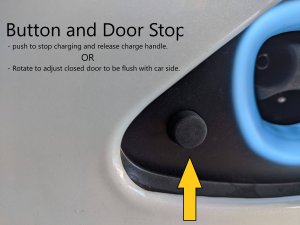
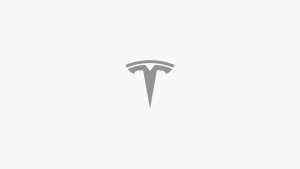

![Tesla Display Alternative: Everything the Tesla OS Should Be [VIDEO]](https://www.notateslaapp.com/img/containers/article_images/2024/screenmate.jpg/94e00b1eb97fe30c9f522aeb3e94e4af/screenmate.jpg)




![Video Reveals the Cybertruck's Unique User Interface [Video]](https://www.notateslaapp.com/images/news/2023/cybertruck-ui-1_300w.jpg)
![Andrej Karpathy considers returning to Tesla to work on Optimus [video]](https://www.notateslaapp.com/images/news/2022/karpathy-podcast_300w.jpg)
